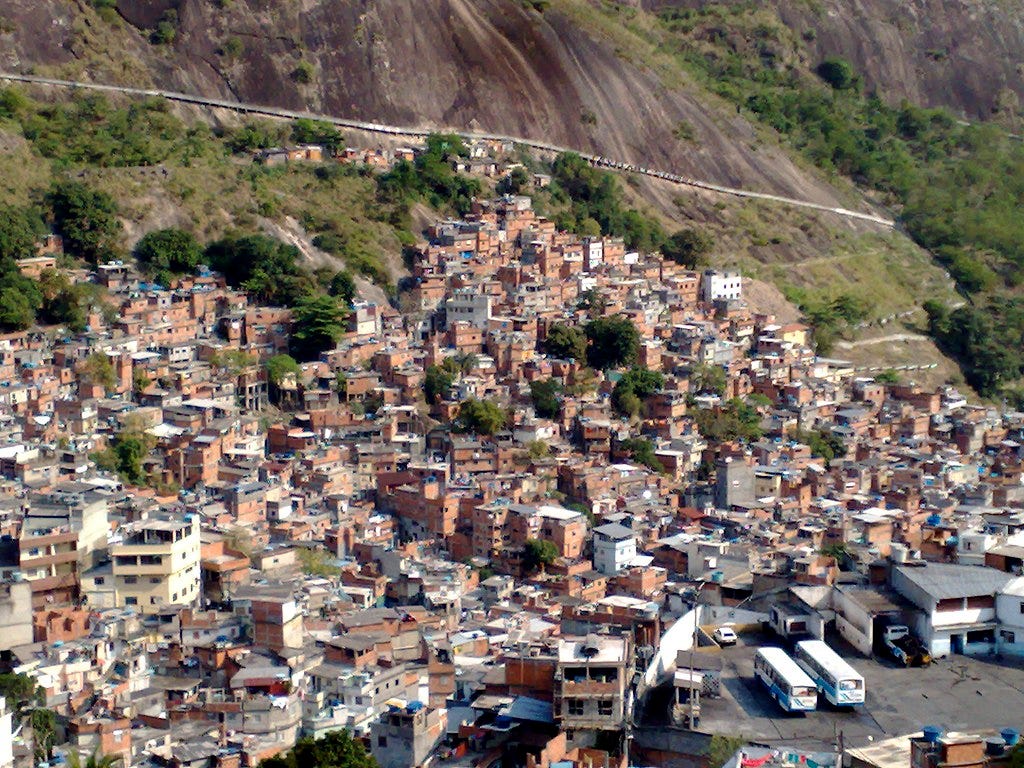In 2004, I visited Brazil for the first time. I traveled with my friend and jiu jitsu instructor, Eric Burdo. We were both really excited, since this was a gargantuan investment for both of us, and it felt like a bit of a pilgrimage.
That’s because both Eric and I were deeply invested in Brazilian Jiu Jitsu, and there was no place in the world we wanted to visit more than Rio de Janiero.
Here’s a rare pic of me on a beach, relaxing in between training sessions as we got ready to compete in the world championships of BJJ. Don’t let the glare from the sun catch you off guard!
This pic might as well have been taken with a potato, but even still, you can see the gorgeous and iconic Sugar Loaf in the background there, where the ultra-famous statue Christ the Redeemer stands.
This trip to Brazil was certainly an adventure, but it was much more like an introduction for me. We were only there for 2 weeks (“only” sounds kind of crazy, but more than half of our time and energy was devoted to getting ready for, competing in, and observing that tournament). I vowed to allocate more time, should there be a return visit.
There was a return visit, and it happened very soon: the following year, in fact. In 2005, I started to really get a feel for Brazilian culture. The casual vibes of Rio permeated my staunchly American veins, raised as I was in an environment designed to run like clockwork. Here, things were simply much more causal.
While Eric and I flew down together in 2004, I traveled solo in 2005, but I was meeting some good friends who were already there. This time, I went to São Paulo first and spent a week in the more cosmopolitan city, training and having a good time with friends.

During the course of our training in Rio, we were involved with a school that did some community outreach. There was a jiu jitsu program that reached out to kids in one of the favelas called Rocinha.
Favelas are less romantically called shanty-towns or shacks, and they’re neighborhoods that tend to spring up on land that isn’t currently claimed by anyone, or at least land that nobody cares enough about to prevent homes from being built quickly. These little villages spring up around big cities like Rio or SP, and I got to see them up close.
The movie Cidade de Deus (City of God) was filmed at—and takes place in—a similar favela to Rocinha. It lets you glimpse the inside of a favela.
City of God shows a lot of things that really go on in these places. Kids will set off firecrackers in order to warn gang leaders when cops are approaching, for instance. The perceived value of human life here is low, so officials tend to pay little attention to medical emergencies or other basic needs.
My jiu jitsu experience was my passport into Rocinha. I was able to walk in (with a local guide, mind you) as a gringo who shared a love for an art. This was like going into another world, where the walkways were the result of negative space between hastily built structures.
If I had brought my phone with me to take pictures, you would have seen a lot of pixilation, because that’s what phone cameras were like back then… but here’s a good photo of Rocinha from far away, so you can get a good idea of the structure.
Here, you can get a little bit of a sense of what it’s like on the ground:
As far as cautionary tales regarding colonialism go, favelas are up there. They owe their existence to slavery, which was abolished in Brazil in 1887—the very last nation in the western world to do so. When this happened, there was a flood of Black migrants from the rural landscape and into the city.
Unfortunately, there wasn’t any sort of massive plan in place to integrate these folks into society, so the favelas like Rocinha cropped up somewhat organically. Throughout most of the 20th century, these little self-contained neighborhoods were ignored by the government, and people in the favelas made their home in shanties.
I am eternally grateful to have visited Rocinha all those years ago. As a gringo estupido, I was welcomed into this parallel world where people live outside of society, at least to a greater extent than you might imagine possible in one of the largest cities on the planet.
I also feel like I’ve only touched on the tip of the emotional iceberg that was seeing this place first hand, so I’ll have to revisit Rocinha some time soon. How about you: have you had an experience like this, where you got to see an entirely different way of life up close? Where was it, and do you still think about it today?








Brazil is definitely on my to-visit list!
As for an up-close experience with local ways of life that stuck with me, it'd have to be the floating villages in Ha Long Bay. We took a boat tour through Ha Long Bay and there are countless houses essentially floating on water where fishermen and their families live. Many of them rarely visit land at all, or at least that's what the guide said. Quite a fascinating parallel community to have seen first-hand, and I wish we got to interact with them more rather than just being passive observers.
Very interesting, thank you.